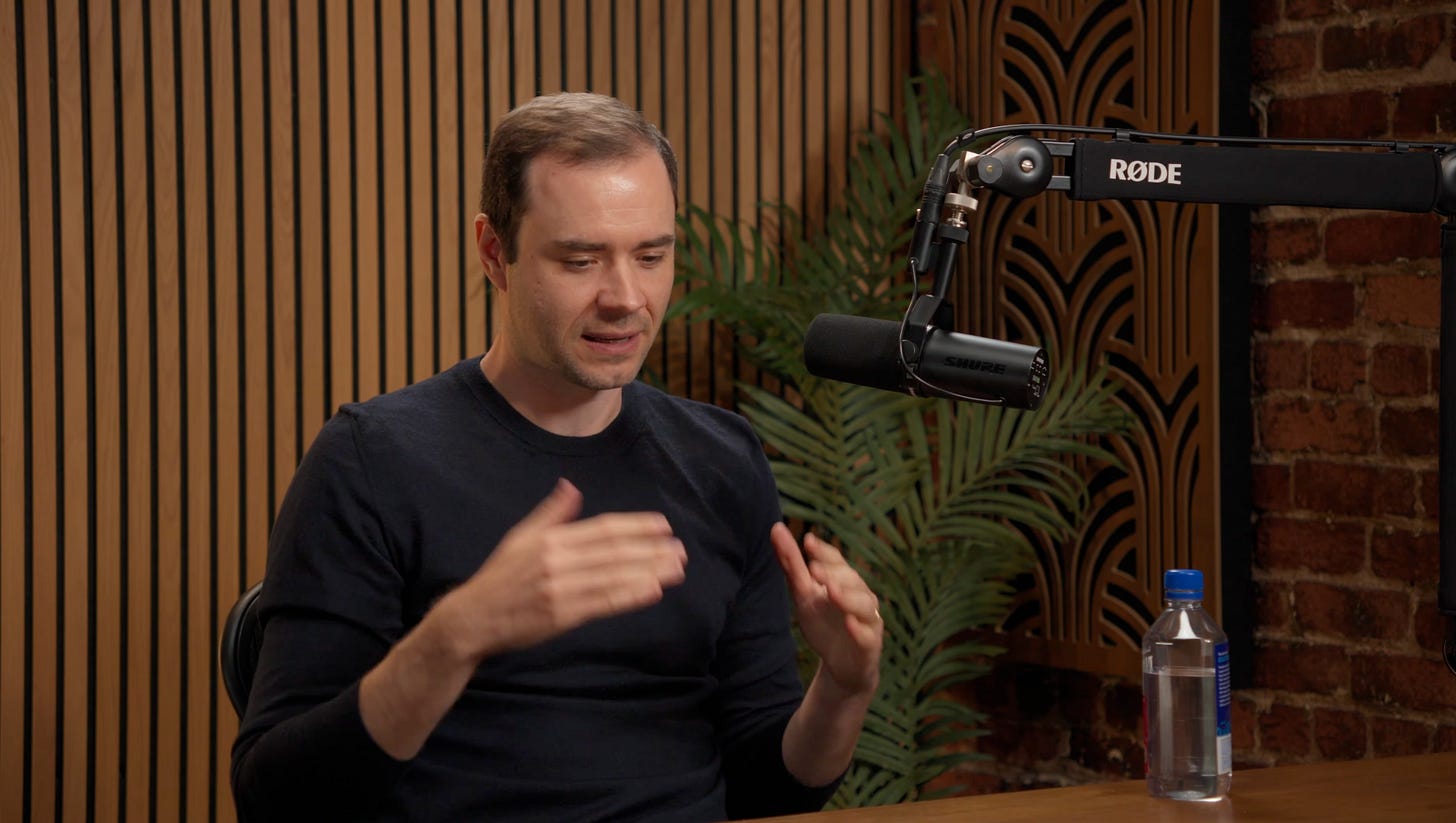Andrej Karpathy Breaks Down the 2025 State of AI: 12 Things Founders & VCs Must Know
Andrej Karpathy: Why AI Agents Won’t Happen This Year (But Will Define the Next Decade)
Keep reading with a 7-day free trial
Subscribe to The AI Opportunity to keep reading this post and get 7 days of free access to the full post archives.



